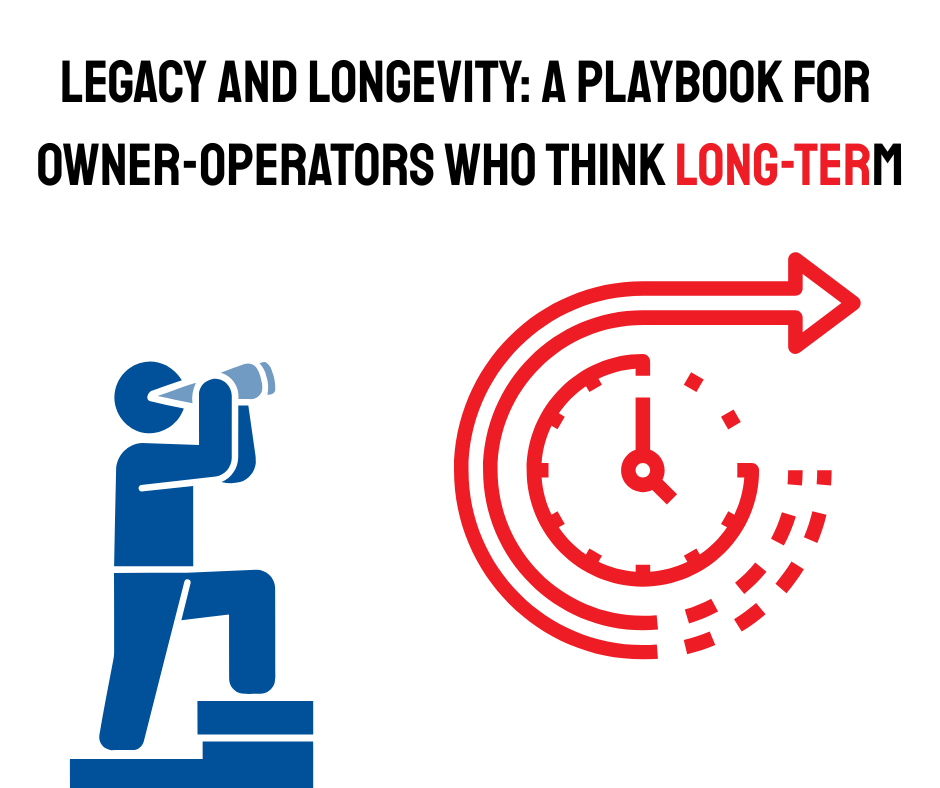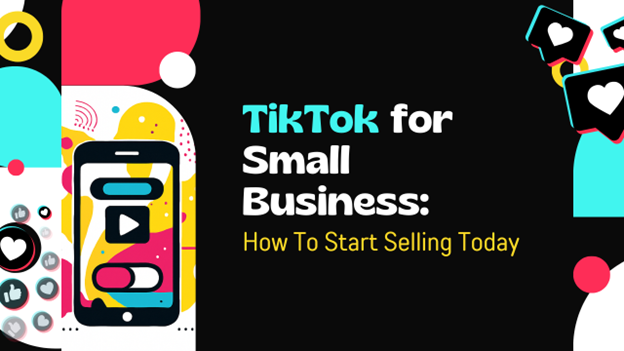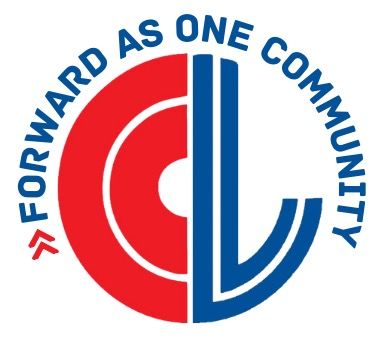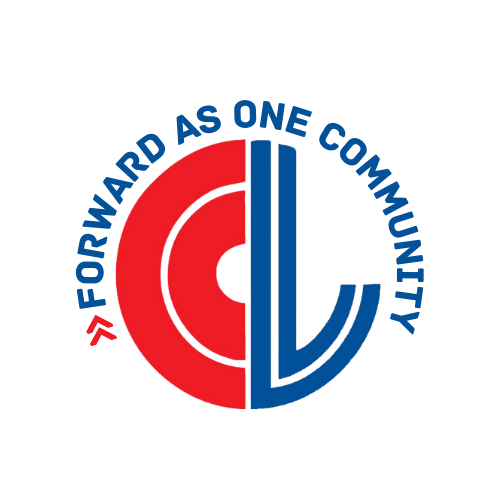The New Employee Benefit Everyone Is Talking About
First it was pet insurance and foosball tables. Then it was Friday kegs in the office and goat yoga. While those benefits seemed like frivolous ways to bring fun to the office, the current benefit trend that everyone is talking about actually improves productivity and employee well-being (at least as reported by the employees).
And it’s likely something you never thought about offering. But before we tell you what it is, let’s talk about some of the results that employees who have used this benefit experienced.
According to a survey published by sidehustle.com:
· 72% saw an improvement in overall well-being.
· 69% experienced better focus.
· 68% felt lower stress levels.
· 62% saw increased productivity.
· 49% reported greater job satisfaction.
And…
Nearly 50% of employees said they would consider switching jobs if another employer offered this benefit (when their company did not). This new benefit trend could give employers that offer it a leg up on hiring.
So, what is this new benefit?
The Rise of Unhappy Leave
Okay, so leave is not a new benefit. Employees are granted parental leave, sick leave, Family and Medical Leave, and sabbaticals. But this new type of leave—unhappy leave—allows an employee to take time off for mental and emotional well-being. Industries leading this charge include tech, government, and education.
Many managers see it as employee recruitment and retention tools because it can help employees deal with stress. It can also provide a cooling off period where co-workers can “take a break from one another.”
However, there are apprehensions in offering this benefit as well. Surveyed managers cited concerns over:
· misuse or overuse
· workload coverage for employees on leave
· challenges in distinguishing unhappy leave from regular sick leave
· eligibility—what length of tenure would make employees eligible?
The trend originated in China with grocery store Pang Dong Lai offering employees up to 10 days a year of unhappy leave. Unhappy leave means employees can take time off without needing approval or justification whenever they feel “emotionally unwell.” The policy is intended to promote a healthy work-life balance. The big difference between this type of leave and others is that it cannot be denied by management.
Company culture has been a big concern for businesses over the past 15-20 years. Culture has been a big play in recruitment and trying to protect talent from being poached by the competition. Benefits are a big part of this. But companies want benefits that help with attracting and retaining employees, not just ones that look good on paper.
Popular Employee Benefits
Some of the most popular employee benefits with a proven return on investment include:
· Flexibile schedules (offering this benefit shows a 12% reduction in turnover rate).
· Remote work options.
· Professional development opportunities including personalized learning plans and career growth.
· Wellness programs such as on-demand therapy sessions, mindfulness and meditation programs, and designated mental health days (like unhappy leave).
· Eldercare and childcare benefits.
· Lifestyle Spending Accounts (LSAs) allowing employees to allocate wellness funds according to their unique needs and preferences.
· Employee Assistance Programs (EAPs) to support various personal and professional issues.
· Recognition programs.
And now it appears that unhappy leave may have an impressive impact on recruitment and retention as well.
But is implementing “unhappy leave” as easy as writing it up through your HR department? Not exactly. If you create a leave program that does not have to be approved by management, you run the risk of your eligible employees taking it at the same time with little to no notice. Leaving the business in a lurch. But that’s not the only thing to think about before implementation.
Unhappy leave should be a component of your benefits design, not a simple add-on. According to a 2024 Forbes article, there are other organizational pieces you should pay attention to. These include recruiting for values, tailoring development to the individual, monitoring management (after all, that’s one of the top reasons people leave), and providing clear communications on employee culture and company vision.
Unhappy leave should not be used as a bandage for a broken employment environment. If you’re thinking about extending your leave program, make sure you also work on the other end, creating a better work environment so your employees will feel less need to use the perk.
-----------------
Christina Metcalf is a writer and women’s speaker who believes in the power of story. She works with small businesses, chambers of commerce, and business professionals who want to make an impression and grow a loyal customer/member base. She is the author of The Glinda Principle, rediscovering the magic within.
_______________________________________
Medium: @christinametcalf
Facebook: @tellyourstorygetemtalking
Instagram: @christinametcalfauthor
LinkedIn: @christinagsmith




